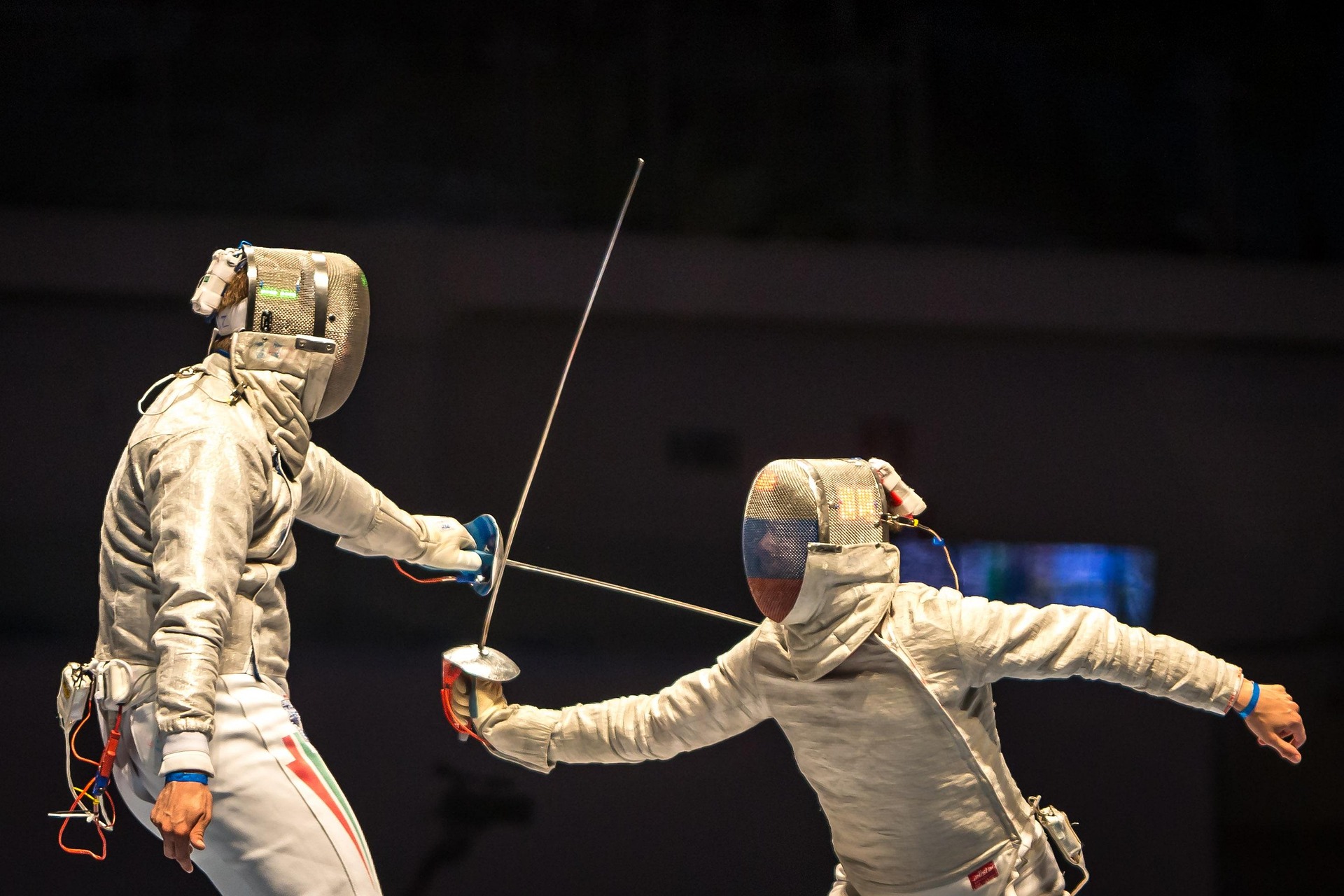The Intricate Dance: Analyzing the Role of Body Language in Everyday Social Interactions
Read below as we delve into the fascinating world of nonverbal communication, analyzing its past, present, and the potential implications it holds for our future societal fabric.

The Unspoken Truth: Understanding Body Language
While forms of physical communication have been employed by human beings as far back as prehistoric times, the formal academic study of body language can be traced back to the 19th century. Early pioneers in the field of social psychology began to recognize and study the importance of nonverbal cues in human interaction. Years of research have unfolded a narrative that reveals the substantial role nonverbal cues play in the way we perceive and interact with others.
Modern Day Interpretations: Shifts in Body Language Decode
Currently, our society is becoming more aware of the complexities of body language. As cultural norms evolve, the interpretations of specific body language cues are also shifting. Gestures or postures that were once universally seen as confident or affirming may now be perceived as aggressive or intrusive in certain contexts. This shift ties into a broader societal discussion on boundaries, consent and respect for individual spaces.
Implications of Nonverbal Communication: The Silent Influence
The influence of body language on our social interactions necessitates further study due to the profound implications it holds. One of them is the potential for body language to either enhance or impede effective communication. A firm handshake or a warm smile can set a positive tone, while slouched postures or inattentive facial expressions could convey disinterest or disrespect.
Another compelling aspect is the role body language plays in shaping perceptions of power and leadership. Those with dominant or expansive body postures are often perceived as more confident and authoritative. However, a careful balance is needed, as excessive or inappropriate body openness can lead to perceptions of arrogance or overbearing behavior.
The Future of Body Language: A Look Ahead
As virtual reality and online communication increasingly become part of our everyday lives, the domain of body language is likely to stretch into digital spaces. Emojis currently serve as substitutes for facial expressions and gestures in text conversations, but it’s plausible that technological advancements will allow for more nuanced digital representations of our physical self. This could reshape our social interactions, making them more immersive and expressive even in the virtual realm.
In conclusion, body language is a deeply intertwined aspect of our social fabric. It not only serves as a vital tool for communication but also holds the power to significantly impact our perceptions and reactions. As we continue to navigate the ever-evolving landscape of human interaction, this silent yet potent aspect of human behavior continues to intrigue and inspire us.




